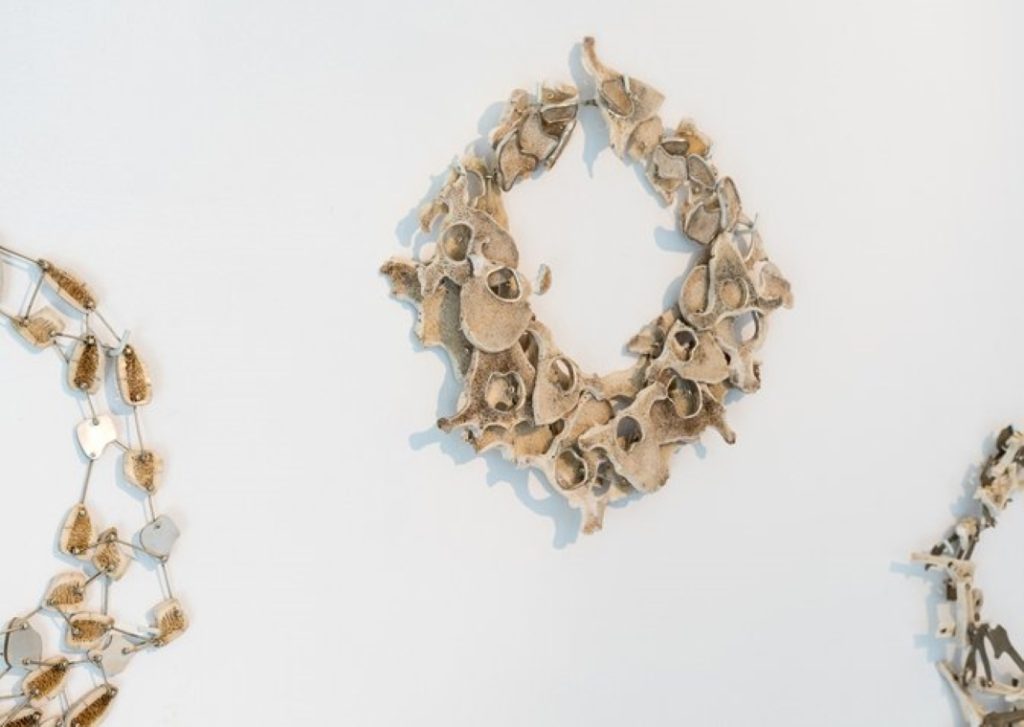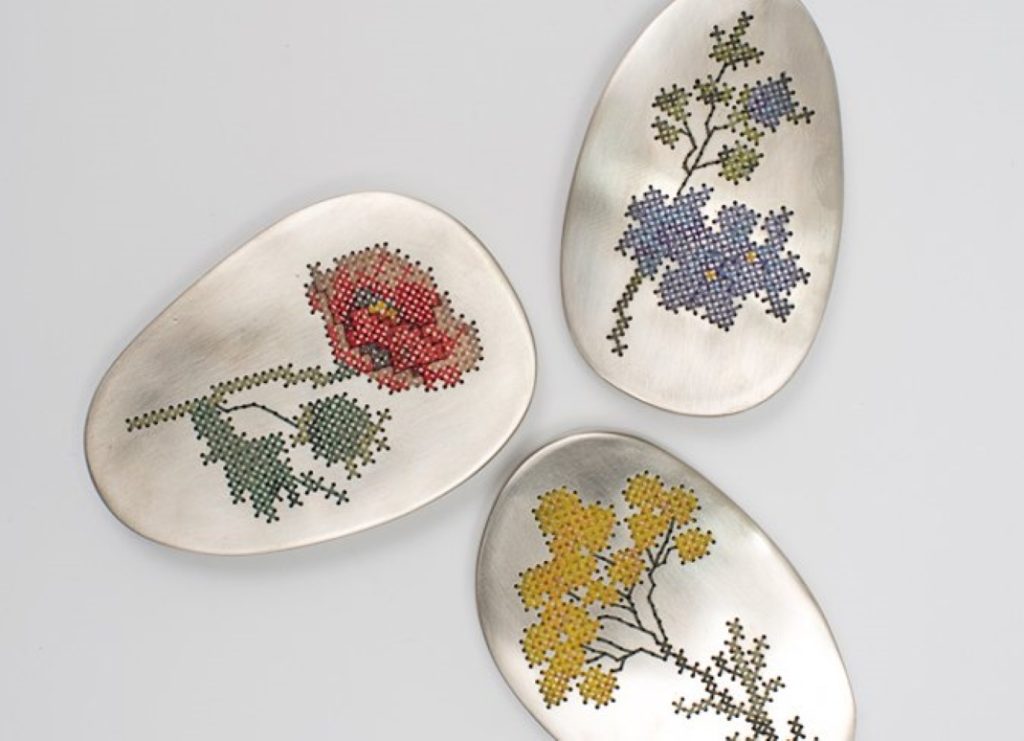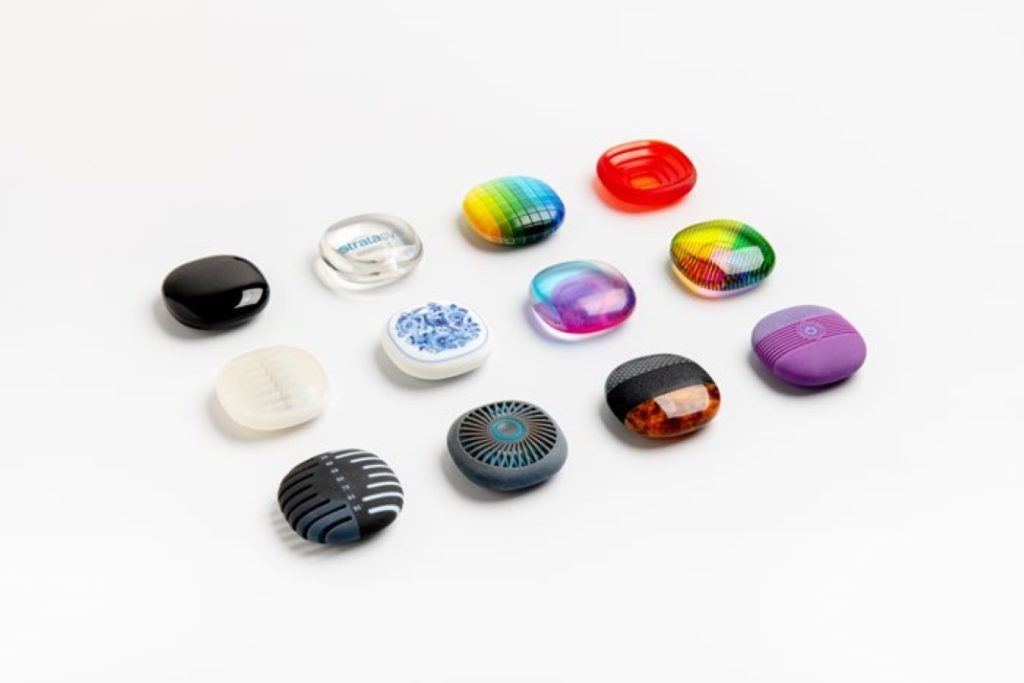Just before it closed, I visited the Future Archeology exhibition mounted by The Arts Institute at Tel Hai Academic College at the Benyamini Contemporary Ceramics Center in Tel Aviv. There, in addition to interesting and original works, I also discovered designers of a somewhat different kind.What is it about the “human material” in the Hula Valley that makes it so different from that found in the center of Israel? A spontaneous conversation and guided tour with Zemer Sat, head of the Institute in the past year, provided a few answers to this question. The basic premise is, of course, that the geographical location produces people who are made from different “material”. And “material” is indeed the key word in the exhibition. In its every sense. This “different human material” is less influenced by the scene in the center of the country and is free of the capriciousness of excessive self-confidence. But there’s more.
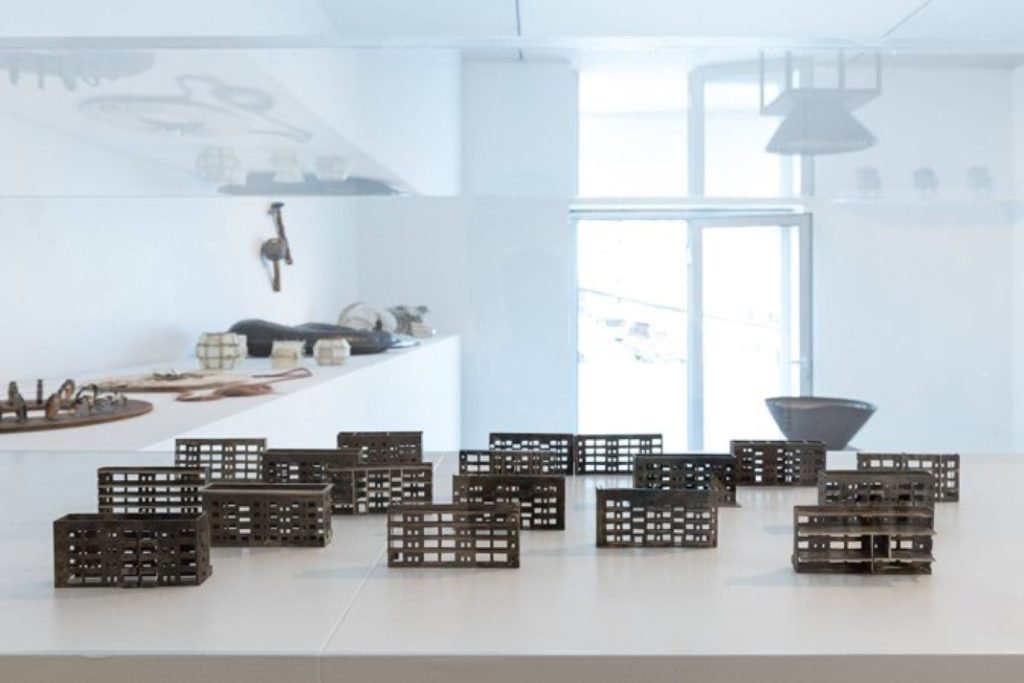
Perhaps it is the desire to prove that there are other institutions besides those possessing a venerable aura, such as Bezalel, that creates ambitiousness of a different kind. And perhaps not. Perhaps it is actually the diverse ages of the students, some of whom come to study for motivations other than livelihood and fame. Simply put, the “human material” of the students at Tel Hai creates wondrous new materials. Meticulous technologies that require infinite patience, high skills, and machine-precision accuracy. These are things that are done at a different pace, in a different spirit.
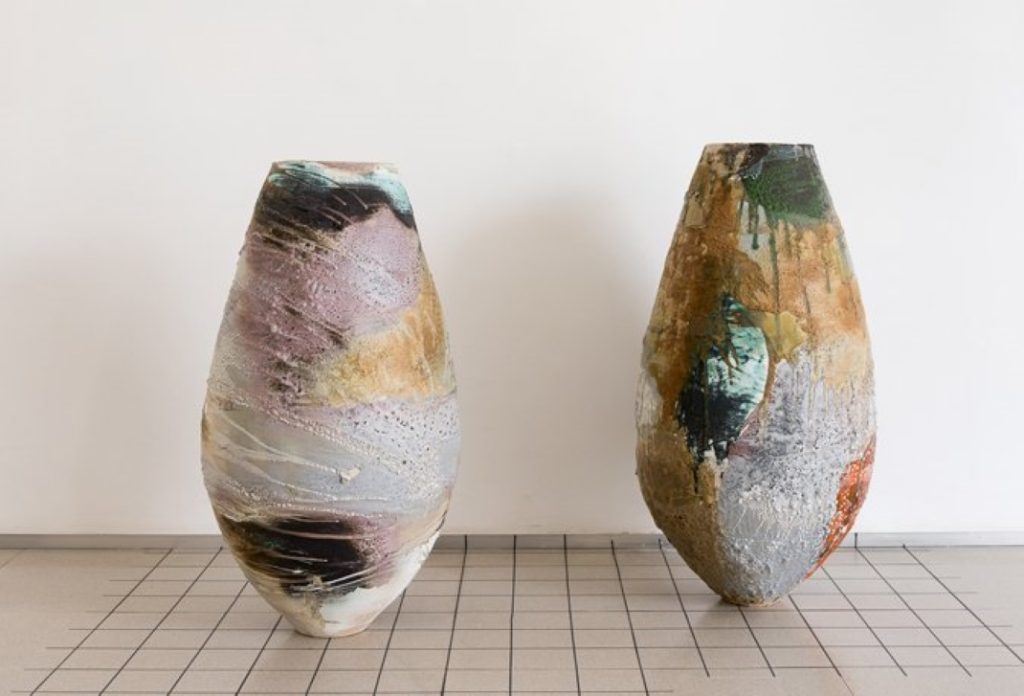
In historical terms, a creative community settled in the Hula Valley many years ago. It was a case of creativity that sought a meeting place in the fertile valley, a place to talk and work. A community that sought continuity. Workshops gradually opened, and a craft culture developed. Zemer describes the students at the Institute as painstaking, industrious, and determined people of action. They come into the workshop and dig deep until they achieve a result. Both of us have our roots in the Department of Industrial Design at Bezalel, and we found, rather surprisingly, that the “human material” in The Arts Institute at Tel Hai is very similar to that in the department in which we grew up. The central motif is not to stop doing. Although those aspiring to become industrial designers seem to be more committed to the functionality of the final product, there is still significant similarity in the work process and how the students perceive it.
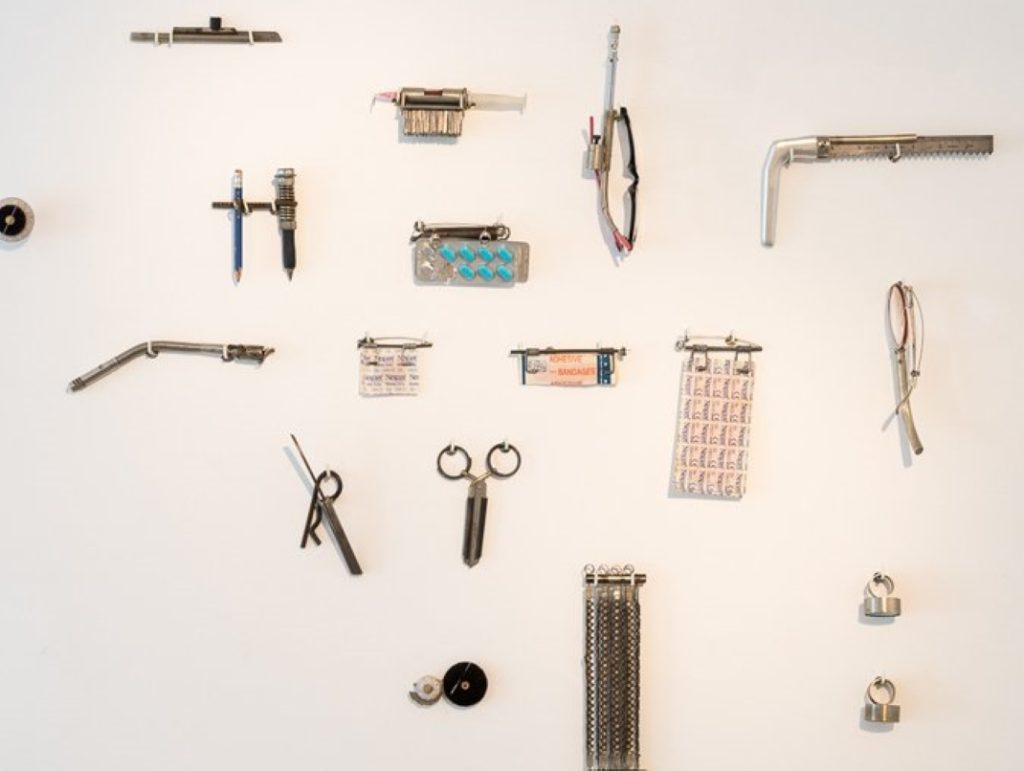
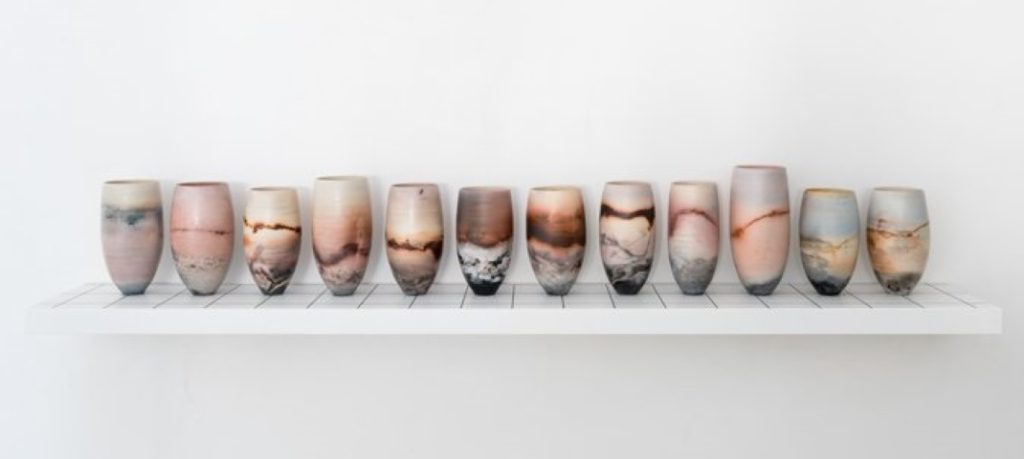
The exhibition included a selection of works by graduates from various years from two programs at the Institute: Jewelry Design and Ceramics Design. Works that represent the spirit of the Institute and seek to convey it to people who will not make the journey north to the valley. In some cases it was very hard to guess which program the work belongs to. It was interesting to think about masculine vs. feminine works. Particularly high technical skills were evident in a large proportion of the works, as well as new materials and technologies laboriously developed by the students themselves.
As someone who first of all reads all the text in an exhibition, the thing that struck me most was the absence of project or student names alongside the works. Until I discovered the very small labels, and they too only provided the student’s name. When I asked Zemer about the rationale for this decision, he told me that as far as he’s concerned even names are a bit too much, and the labels were created after the opening in response to demand. As the curator he would have liked to let people “sense” the works without understanding what they’re seeing or what the designer had in mind.
During the tour with Zemer, I noticed that he was able to tell me about each and every student, beyond information concerning the displayed work. Providing something of an added (personal) value. And some of the graduates graduated five or six years ago, before he headed the Institute. Perhaps that is where the difference lies. And perhaps it lies in the landscape beyond the windows and the tranquility it brings with it.
